René Clément was a French film director who had a prolific career spanning several decades. He is considered to be one of the leading figures of French cinema, and his films are known for their technical brilliance, powerful storytelling, and emotional depth.
Here are some of his best-known films:
“Forbidden Games” (1952): A powerful and poignant drama about the effects of war on children, “Forbidden Games” won the Academy Award for Best Foreign Language Film in 1952.
The film tells the story of a young girl and a boy who create a cemetery for their pets in the midst of the chaos of World War II.
“Gervaise” (1956): Based on Émile Zola’s novel “L’Assommoir,” “Gervaise” tells the story of a working-class woman struggling to make a living in 19th-century Paris.
The film explores themes of poverty, social inequality, and the plight of women in a male-dominated society.
“Is Paris Burning?” (1966): A large-scale war epic set in Nazi-occupied Paris during World War II, “Is Paris Burning?” features an ensemble cast of international stars, including Orson Welles, Charles Boyer, and Jean-Paul Belmondo.
The film tells the story of the Liberation of Paris in August 1944, and it was one of the most expensive French films ever made at the time of its release.
“Purple Noon” (1960): An adaptation of Patricia Highsmith’s novel “The Talented Mr. Ripley,” “Purple Noon” stars Alain Delon as the charming and ruthless Tom Ripley, who becomes embroiled in a dangerous game of deception and murder while traveling in Italy.
“Rider on the Rain” (1970): A suspenseful thriller starring Charles Bronson and Marlène Jobert, “Rider on the Rain” follows a woman who kills her rapist and then finds herself being pursued by a vengeful stranger.
Best René Clement Films
René Clément’s films are characterized by their technical mastery, emotional depth, and powerful storytelling.
His work has been praised for its ability to capture the complexities of human experience, while also providing a window into the social and historical contexts in which his stories take place.
1. Purple Noon (1960)
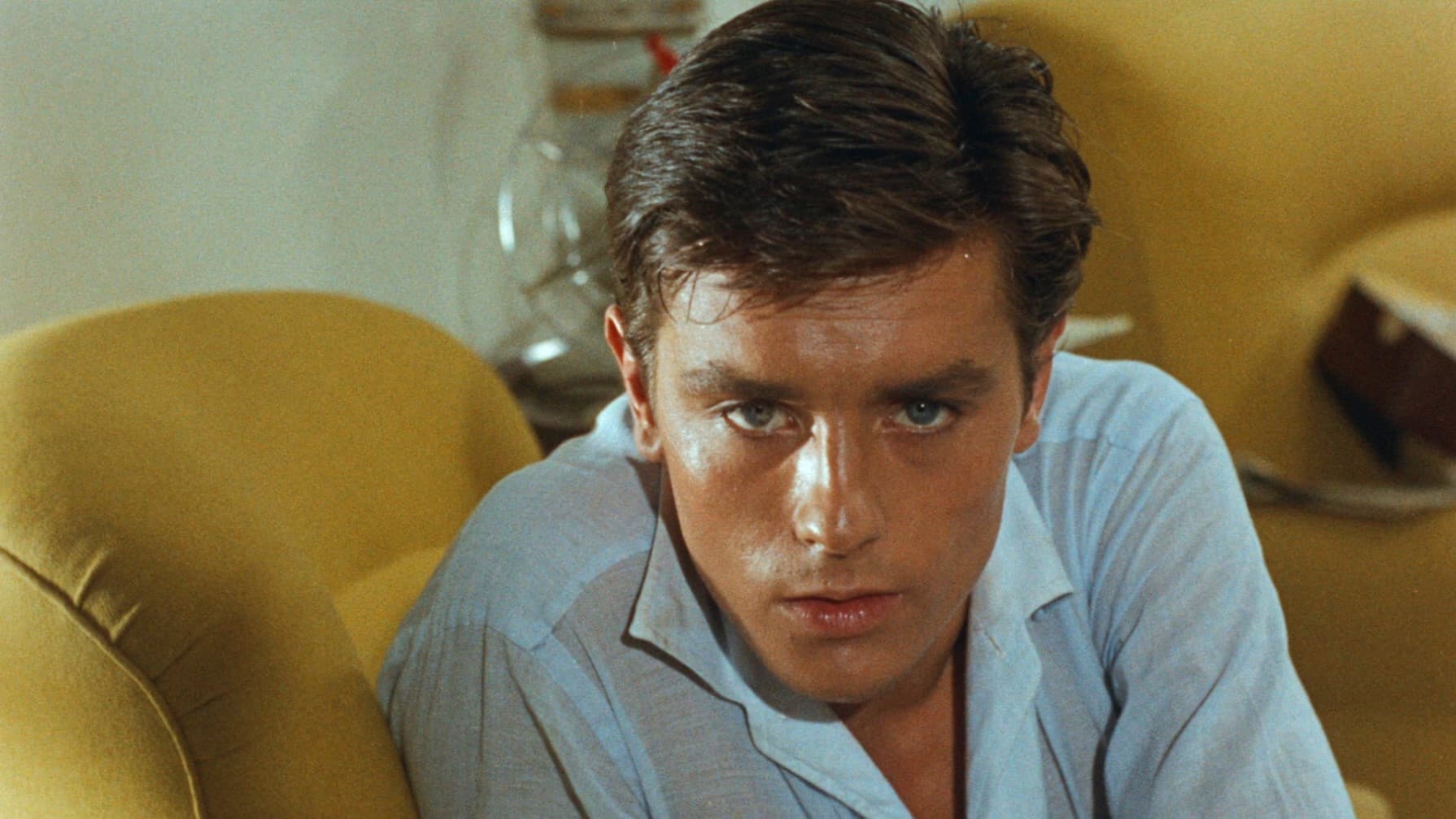
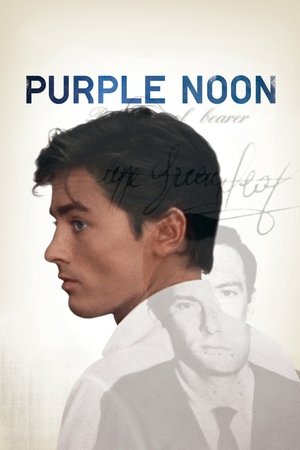
Purple Noon
Passion at ten. Envy at eleven. Murder at noon.
1960 • 1h 58min • ★ 7.6/10 • France
Directed by: René Clément
Cast: Alain Delon, Marie Laforêt, Maurice Ronet, Erno Crisa, Frank Latimore
Tom Ripley is a talented mimic, moocher, forger and all-around criminal improviser; but there's more to Tom Ripley than even he can guess.
“Purple Noon” is a 1960 French-Italian film directed by René Clément and based on the novel “The Talented Mr. Ripley” by Patricia Highsmith.
The film stars Alain Delon as Tom Ripley, a charming and amoral young man who travels to Italy and becomes enmeshed in a web of lies and murder.
The plot of the film follows Tom Ripley as he travels to Italy at the request of wealthy businessman Philippe Greenleaf (Maurice Ronet), who believes that his son Dickie (also played by Ronet) is wasting his inheritance on a hedonistic lifestyle.
Tom befriends Dickie and his girlfriend Marge (Marie Laforêt) and becomes increasingly obsessed with Dickie’s wealth, lifestyle, and girlfriend.
When Dickie grows tired of Tom and his constant presence, Tom becomes desperate and resorts to drastic measures to hold onto the life he has become enamored with.
“Purple Noon” is praised for its taut storytelling, stylish direction, and Alain Delon’s charismatic and nuanced performance as Tom Ripley.
The film’s cinematography, music, and use of location are also highly regarded, with the Italian coast serving as a stunning backdrop to the story’s twists and turns.
The film was an international success upon its release, and it helped to launch Delon’s career as a leading man in French cinema. “Purple Noon” has been widely recognized as a classic of European cinema, and it has been influential on subsequent thrillers and character studies.
If you like Rene Clement’s work, on our sister site AuteurGraph we have a profile page, a visual film timeline, and a ratings page that gives a tonne of info and data about their career in a visualized form.
2. Gervaise (1956)
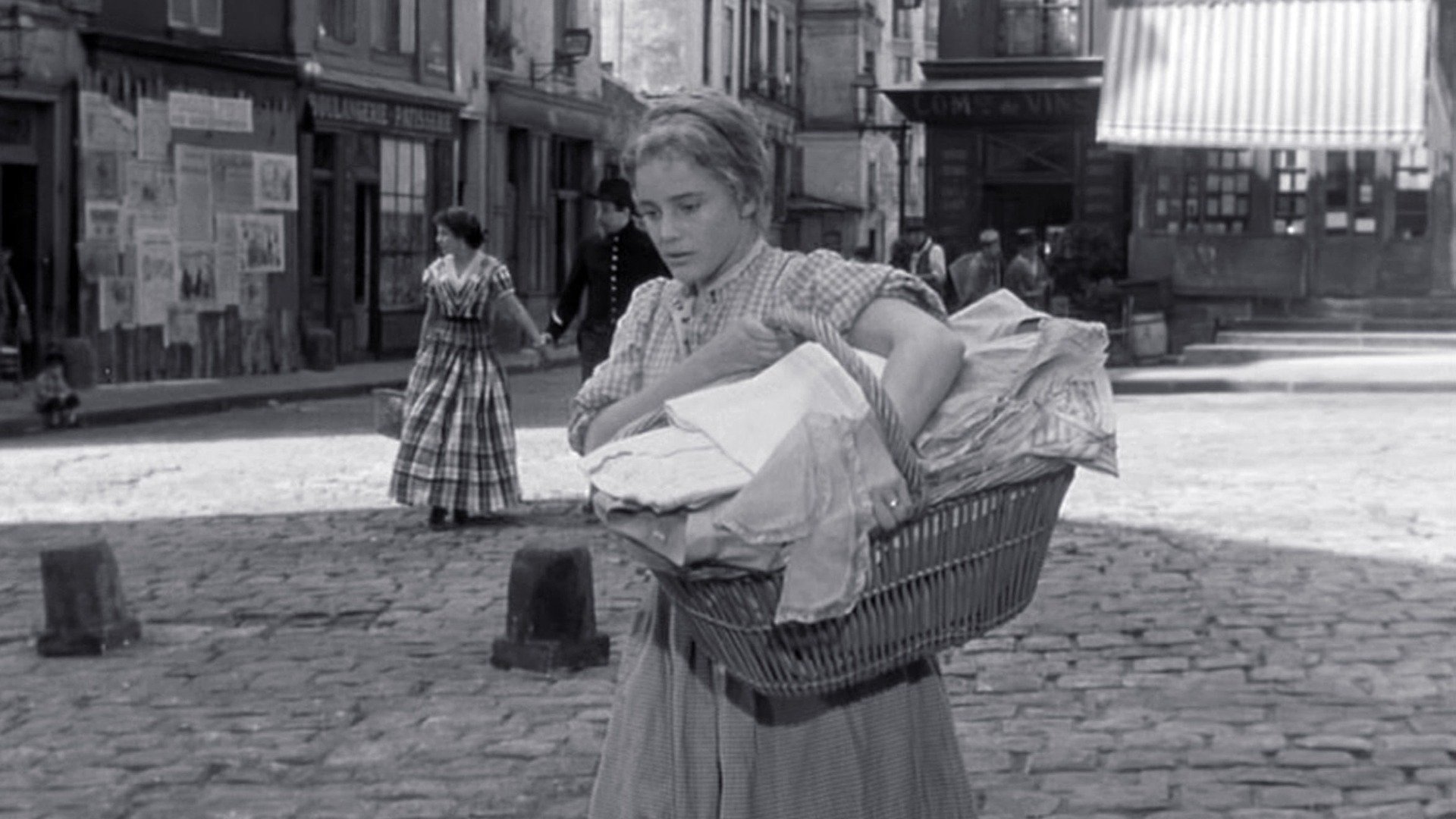
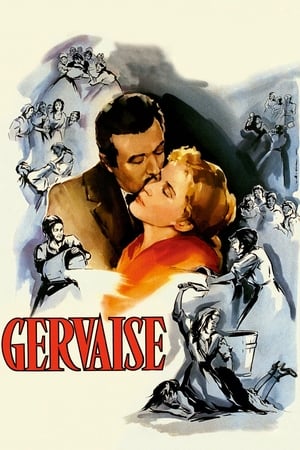
Gervaise
1956 • 1h 52min • ★ 6.7/10 • France
Directed by: René Clément
Cast: Maria Schell, François Périer, Jany Holt, Mathilde Casadesus, Suzy Delair
An adaptation of Émile Zola’s 1877 masterpiece L’assommoir, the film is an uncompromising depiction of a lowly laundress’s struggles to deal with an alcoholic husband while running her own business.
“Gervaise” is a 1956 French drama film directed by René Clément, based on Émile Zola’s novel “L’Assommoir”.
The film tells the story of a young working-class woman named Gervaise, played by Maria Schell, who moves to Paris with her lover, Lantier, played by Armand Mestral, in the hope of finding a better life.
After Lantier abandons her, Gervaise struggles to make ends meet and support her children, eventually finding work as a laundress.
The film explores themes of poverty, social class, and the struggles of working-class women in 19th-century Paris.
It is known for its realistic and gritty portrayal of urban life, as well as for the powerful performances of its cast, particularly Maria Schell in the title role.
“Gervaise” was a critical and commercial success, winning several awards, including the Palme d’Or at the 1956 Cannes Film Festival.
It was also nominated for an Academy Award for Best Foreign Language Film. The film’s success helped establish René Clément as a leading figure in French cinema.
“Gervaise” is widely regarded as a classic of French cinema and a significant work of social realism. Its depiction of the struggles and hardships faced by working-class women in 19th-century Paris continues to resonate with audiences and critics alike.
3. Forbidden Games (1952)
“Forbidden Games” (or “Jeux interdits” in French) is a 1952 French war drama film directed by René Clément.
The film is set in rural France during World War II, and tells the story of a young girl named Paulette (Brigitte Fossey) who is orphaned when her parents are killed in a bombing raid.
Paulette is taken in by a farming family, and befriends a young boy named Michel (Georges Poujouly).
The two children cope with the trauma of war by creating a private cemetery for animals, including Paulette’s beloved dog Jock.
However, their innocent game takes a dark turn when they begin to collect and bury the bodies of human victims of the war.
“Forbidden Games” is renowned for its emotional depth and powerful storytelling.
The film explores themes of grief, loss, and the impact of war on children, while also highlighting the resilience and ingenuity of the human spirit in times of crisis.
The film was a critical and commercial success upon its release, and went on to win numerous awards, including the Golden Lion at the 1952 Venice Film Festival.
It has since become a classic of French cinema, and is widely regarded as one of the greatest anti-war films ever made.
- Forbidden Games (1952) ( Jeux interdits ) ( The Secret Game )
- Forbidden Games (1952)
- Jeux interdits
- The Secret Game
- Georges Poujouly, Brigitte Fossey, Amédée (Actors)
4. The Flesh is Weak (1949)
“The Flesh is Weak” is a British drama film directed by Don Chaffey, released in 1949. The movie follows the story of a young woman named Mary who falls in love with a criminal named Harry.
Despite the objections of her family and friends, Mary marries Harry and tries to start a new life with him.
The film deals with themes of love, loyalty, and redemption, and is notable for its strong performances and compelling storyline.
The movie was well-received upon its release and is considered a classic of British cinema.
“The Flesh is Weak” is also notable for featuring the screen debut of actress Diana Dors, who would go on to become a major star in British film and television.
The movie helped launch Dors’ career and showcased her talent and charisma as an actress.
- The Flesh Is Weak
- The Flesh Is Weak
- John Derek, Milly Vitale, William Franklyn (Actors)
- Don Chaffey (Director) - The Flesh Is Weak (Producer)
- Audience Rating: Unrated (Not Rated)
5. The Battle of the Rails (1946)
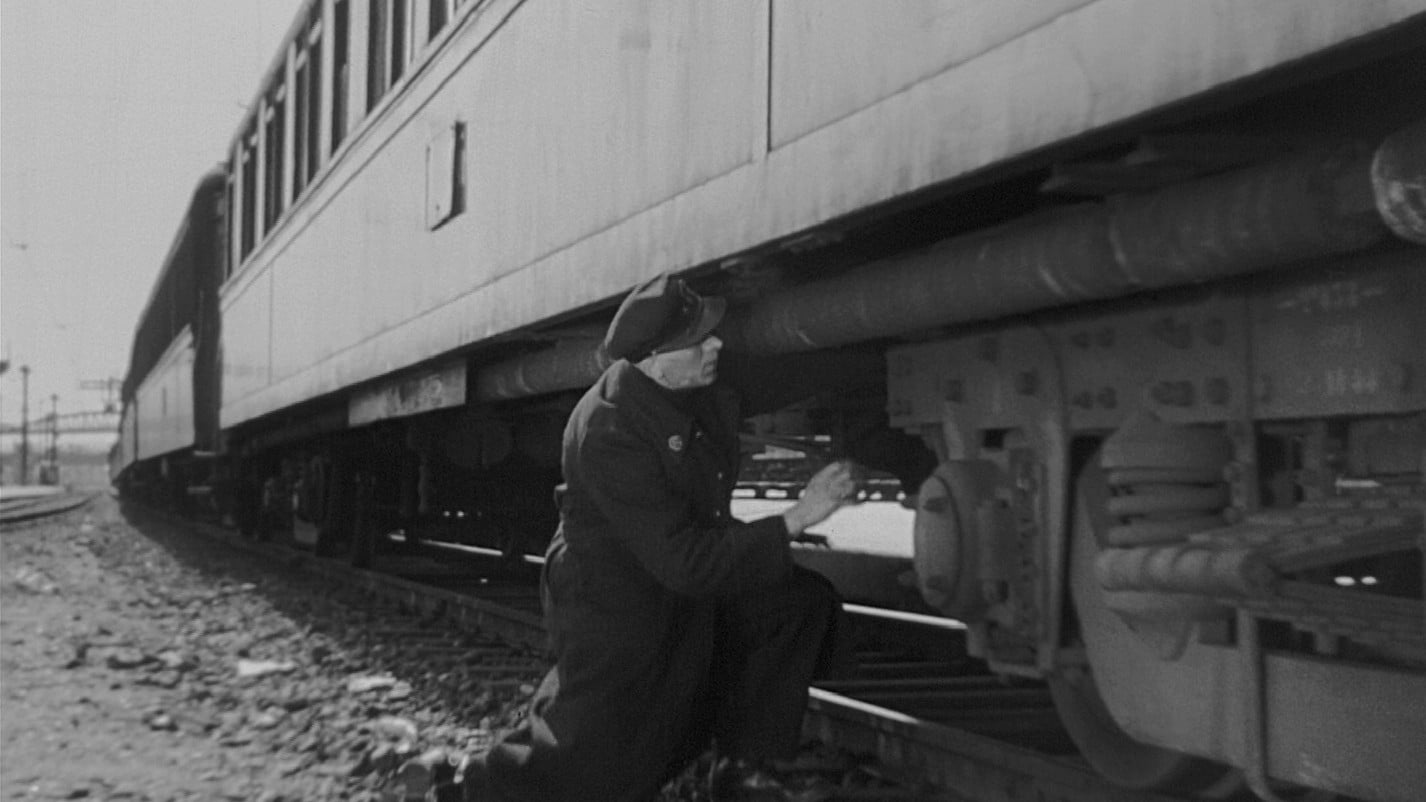

The Battle of the Rails
1946 • 1h 25min • ★ 6.9/10 • France
Directed by: René Clément
Cast: Charles Boyer, Jean Clarieux, Jean Daurand, François Joux, Tony Laurent
A 1946 war movie which tells the courageous efforts by French railway workers to sabotage Nazi reinforcement-troop trains.
The Battle of the Rails” (1946) is a French film directed by René Clément, which depicts the actions of the French Resistance during World War II.
The film follows the story of a group of railway workers who sabotage German troop trains, disrupting the Nazi occupation of France.
The film was made soon after the end of the war, and is based on real events that took place during the conflict.
It is a powerful testament to the courage and determination of the French Resistance, and it is notable for its use of actual railway workers as actors, lending a sense of authenticity to the film’s depiction of the sabotage operations.
https://www.youtube.com/watch?v=SKRJufJ3FZM
“The Battle of the Rails” was highly acclaimed upon its release, and it won the Best Director award at the Cannes Film Festival in 1946.
The film was also praised for its realistic and gritty portrayal of the Resistance, and for its unflinching depiction of the brutality and violence of the war.
Overall, “The Battle of the Rails” is a powerful and moving film that provides a gripping portrayal of the French Resistance during World War II.
It is a testament to the bravery and courage of those who fought against the Nazi occupation, and a reminder of the sacrifices that were made in the struggle for freedom and democracy.
- ClEment RenE (Author)
- French (Subtitle)
- French (Publication Language)
6. The Damned (1947)
“The Damned” (French title: “Les Maudits”) is a 1947 French film directed by René Clément. The film is set in the closing days of World War II and tells the story of a group of high-ranking Nazis who have gathered on a luxurious yacht to escape Allied capture.
The group includes a former SS officer, a French collaborator, a German industrialist, and his daughter.
As they attempt to make their escape, the group is forced to confront their complicity in the Nazi regime and their own moral culpability. As the Allies close in, tensions rise and the characters turn on each other in a desperate struggle for survival.
“The Damned” is notable for its use of chiaroscuro lighting, shadowy interiors, and stark black-and-white cinematography, which add to the film’s ominous and foreboding atmosphere.
The film’s themes of guilt, betrayal, and moral decay were particularly resonant in post-war France, and it was widely regarded as a powerful and thought-provoking exploration of the psychology of the Nazi regime.
“The Damned” was a critical and commercial success upon its release and received numerous awards, including the Palme d’Or at the 1947 Cannes Film Festival.
The film has continued to be regarded as a classic of French cinema and a powerful statement on the nature of evil and human nature.
- The Damned
- Henri Vidal, Marcel Dalio, Florence Marly (Actors)
- Rene Clement (Director) - Rene Clement (Writer)
- English (Subtitle)
- English (Publication Language)
7. Is Paris Burning? (1966)
“Is Paris Burning?” is a 1966 war film directed by René Clément and produced by Paul Graetz.
The film is based on the best-selling book of the same name by Larry Collins and Dominique Lapierre, which chronicles the liberation of Paris by the Allies during World War II.
The film features an all-star international cast including Jean-Paul Belmondo, Kirk Douglas, Glenn Ford, Gert Fröbe, and many others, portraying various key historical figures involved in the events of the liberation of Paris.
“Is Paris Burning?” depicts the events of the summer of 1944, when the Allies planned and executed the liberation of Paris from Nazi occupation.
The film features a large ensemble cast and includes scenes of both military action and political intrigue, as well as personal stories of individual soldiers and citizens caught up in the conflict.
The film was a critical and commercial success upon its release, and was nominated for two Academy Awards.
It has been noted for its epic scope, realistic portrayal of wartime events, and strong performances from its ensemble cast.
Overall, “Is Paris Burning?” is regarded as a significant work of historical drama, as well as an example of the “all-star epic” genre popular in the 1960s.
It continues to be recognized as an important cinematic depiction of the events leading to the liberation of Paris during World War II.
- Is Paris Burning? (1966) ( Paris brûle-t-il? )
- Is Paris Burning? (1966)
- Paris brûle-t-il?
- Jean-Paul Belmondo, Leslie Caron, Jean-Pierre Cassel (Actors)
- René Clément (Director) - Is Paris Burning? (1966) ( Paris brûle-t-il? ) (Producer)
8. The Sea Wall (1957)
“The Sea Wall” (or “Un barrage contre le Pacifique” in French) is a 1958 French drama film directed by René Clément, based on the novel of the same name by Marguerite Duras.
The film is set in French Indochina in the 1930s, and tells the story of a widowed mother named Suzanne (played by Madeleine Robinson) and her two teenage children, Joseph (played by Bernard Fresson) and Suzanne (played by Nicole Berger).
Suzanne has invested all her savings in a piece of land near the sea, hoping to cultivate it and provide for her family.
However, the land is subject to flooding, and the family must build a sea wall to protect their crops. As they struggle to make ends meet, they become entangled in a web of corruption and exploitation, with local officials and businessmen taking advantage of their vulnerable position.
“The Sea Wall” is a powerful and poignant film that explores themes of poverty, oppression, and the struggle for survival.
The film is noted for its stark realism and its portrayal of the harsh conditions faced by the working poor in French Indochina.
The performances of the cast, particularly Madeleine Robinson as Suzanne, are widely praised for their emotional depth and authenticity.
“The Sea Wall” was a critical and commercial success upon its release, and went on to win several awards, including the Golden Bear at the 1958 Berlin International Film Festival.
It is regarded as a classic of French cinema, and is considered one of the best film adaptations of Marguerite Duras’ work.
- Seawall, 1957 18x15 Framed Art Print by Diebenkorn, Richard
- High quality framed open edition art print.
- Framed in a two inch wide black modern wood frame.
- Framed art print direct from the licensed publisher.
9. Che gioia vivere (1961)
“Che gioia vivere” is an Italian comedy film directed by René Clair, released in 1961. The movie follows the story of a group of Italians who decide to steal a truckload of money from the Germans during World War II.
The film is a satirical and lighthearted take on the war and the Italian resistance.
The movie is known for its playful and whimsical style, which is a hallmark of René Clair’s films.
The director had a unique ability to blend humor and satire with serious subjects, and “Che gioia vivere” is a perfect example of this.
The film also features an all-star cast of Italian actors, including Vittorio Gassman and Gina Lollobrigida, who give delightful and charming performances.
The movie was well-received upon its release and is considered a classic of Italian cinema.
3 Characteristics of René Clement Films
René Clément was a French film director who was active from the 1940s to the 1990s. Here are three characteristics that are commonly associated with his films:
Stylistic visual flair: René Clément was known for his innovative visual style and mastery of cinematic techniques.
His films often featured stunning cinematography, imaginative camera angles, and creative use of light and shadow. He was also known for his innovative use of sound, music, and editing techniques.
Strong psychological undercurrents: Clément’s films often explored the psychological motivations of his characters and the emotional turmoil that they experience.
His films frequently portrayed complex human relationships and the inner conflicts of his characters, giving them a depth and nuance that was not commonly seen in French cinema of his era.
Social commentary and political themes: Many of Clément’s films dealt with social and political issues of his time, including the effects of war, poverty, and injustice.
He was known for his honest and critical approach to these topics, often exploring their nuances and complexities rather than presenting them in a simplistic or one-dimensional manner.
Overall, René Clément’s films are characterized by their technical proficiency, psychological depth, and social and political relevance.
His work continues to be highly regarded and influential in the history of French cinema.
3 Reasons Why You Should Watch René Clement Films
Here are three reasons why you should watch René Clément films:
Technical mastery: René Clément was known for his technical brilliance as a director, with a keen eye for cinematography, editing, and sound design.
His films often showcase stunning visuals and innovative techniques that elevate the storytelling and enhance the emotional impact of the story.
Social and historical relevance: Many of Clément’s films explore important social and historical themes that are still relevant today.
From the impact of war on children in “Forbidden Games” to the struggles of working-class women in “Gervaise,” Clément’s films provide insight into the human condition and the complexities of the societies in which we live.
Emotional depth: René Clément’s films are renowned for their emotional depth and powerful storytelling.
He was skilled at drawing complex characters and exploring the depths of their psyches, often with a keen sense of compassion and empathy. His films can be poignant, thought-provoking, and deeply moving, with a lasting impact on the viewer.
Overall, René Clément’s films are worth watching for their technical mastery, social and historical relevance, and emotional depth.
They are a testament to the power of cinema to explore the human experience and shed light on the complexities of our world.
Best René Clement Films – Wrapping Up
René Clément was a celebrated French film director who made many important contributions to the history of French cinema. Throughout his career, he directed films that explored complex and challenging themes, and he was known for his technical mastery, powerful storytelling, and visual flair.
Some of Clément’s most famous and important films include:
“Forbidden Games” (1952): A poignant drama about the effects of war on children that won the Academy Award for Best Foreign Language Film in 1952.
“Gervaise” (1956): A powerful adaptation of Émile Zola’s novel “L’Assommoir” that explores themes of poverty, social inequality, and the plight of women in 19th-century Paris.
“Is Paris Burning?” (1966): A large-scale war epic set in Nazi-occupied Paris during World War II that features an ensemble cast of international stars.
“Purple Noon” (1960): A stylish and suspenseful adaptation of Patricia Highsmith’s novel “The Talented Mr. Ripley.”
“The Damned” (1947): A powerful exploration of the psychology of the Nazi regime that uses chiaroscuro lighting and stark black-and-white cinematography to create an ominous and foreboding atmosphere.
Clément’s films are notable for their emotional depth, technical mastery, and powerful storytelling. His work has had a lasting impact on French cinema and continues to be celebrated and studied by film enthusiasts and scholars around the world.




![Gervaise (Rene Clements) [DVD] [1956]](https://m.media-amazon.com/images/I/51JUlY21PxL.jpg)

![Forbidden Games [1952] [Blu-ray]](https://m.media-amazon.com/images/I/51Al9a37GIL.jpg)
![The Flesh Is Weak [DVD]](https://m.media-amazon.com/images/I/51QYmFxuFFL.jpg)
![The Battle of the Rails ( Bataille du rail ) [ NON-USA FORMAT, Blu-Ray, Reg.B Import - France ]](https://m.media-amazon.com/images/I/41BgZDVps1L.jpg)

![The Damned [Blu-ray]](https://m.media-amazon.com/images/I/51rdZv1hA+L.jpg)




